When it comes to sculpting strong, defined shoulders, most lifters default to presses and lateral raises. But there’s an underrated gem that can elevate your training: the cable shoulder pulldown. With decades of hands-on experience coaching athletes and recreational lifters, I can confidently say that refining your technique in this movement—especially at varying angles like 70°, 73°, and 90°—can be a game-changer.
What Is the Cable Shoulder Pulldown?
The cable pull down shoulder exercise—often overlooked—is designed to activate the rear deltoids, upper lats, and scapular stabilizers. Unlike the traditional lat pulldown, this movement focuses more on shoulder mechanics than lat engagement. It’s often referred to interchangeably as a shoulder cable pulldown or cable shoulder pull down, but the function remains the same: control, precision, and shoulder isolation.
Why Shoulder Cable Pulldowns Deserve a Spot in Your Program
-
Joint-Friendly Mechanics: Using a cable system provides continuous tension without the joint stress often associated with heavy overhead pressing.
-
Targeted Muscle Recruitment: Unlike free weights, cables allow you to fine-tune the angle of resistance—perfect for hitting those hard-to-reach muscle fibers.
-
Scalable for All Levels: Whether you're pulling at 70 lbs, 73 lbs, or 90 lbs, the cable system offers micro-adjustments to match your training goals.
Dialing in the Right Angle: 70°, 73°, and 90°
Understanding angle variations is crucial when performing the cable shoulder pull down:
🔹 70° Angle:
Ideal for beginners or warm-ups. This angle minimizes joint stress and isolates the rear deltoid with a slightly forward line of pull. Great for stability work.
🔹 73° Angle:
The sweet spot for most intermediate lifters. At 73°, you’re aligning the cable path with your scapular plane, optimizing deltoid engagement while maintaining shoulder safety.
🔹 90° Angle:
More advanced. The pull comes directly perpendicular to the torso, increasing the demand on both deltoids and upper traps. Best for building power and size, especially when working up to 75–90 lbs.
How to Perform the Cable Pull Down for Shoulders (Step-by-Step)
-
Set the Pulley: Adjust the high pulley to start slightly above your head.
-
Grip and Posture: Use a rope or straight bar. Stand or kneel upright with soft knees and a braced core.
-
The Pull: Pull down and slightly back, mimicking a “W” motion with your arms. Control the eccentric (upward) phase.
-
Reps and Weight: Start with 3 sets of 12–15 reps at 70–75 lbs, progressing up to 90 lbs as strength improves.
Expert Tip: Control Beats Load
As someone who has trained thousands of lifters, I can tell you this—if you’re jerking the cable or losing scapular control, you’re missing the point. Focus on tempo and tension, especially when working at heavier loads like 90 lbs.
Common Mistakes to Avoid
❌ Too Much Weight
Trying to go heavy too soon can shift the emphasis to the lats and biceps.
❌ Shrugging Shoulders
Keep your traps relaxed to avoid compensatory movement patterns.
❌ Poor Angle Setup
If you’re not adjusting the pulley to the correct angle (like 73°), you’re not maximizing the movement.
Final Thoughts: Shoulder Gains Without the Strain
The shoulder cable pulldown is more than just a variation—it’s a smart solution for lifters seeking hypertrophy, balance, and joint-friendly training. Whether you’re pulling at 70, 73, or 90 lbs, or working with angles like 70° and 90°, this move adds depth to your shoulder workouts that presses alone can’t match.
And remember—true gains come from training smart, not just hard. Prioritize form, control, and angle-specific tension, and your shoulders will thank you.










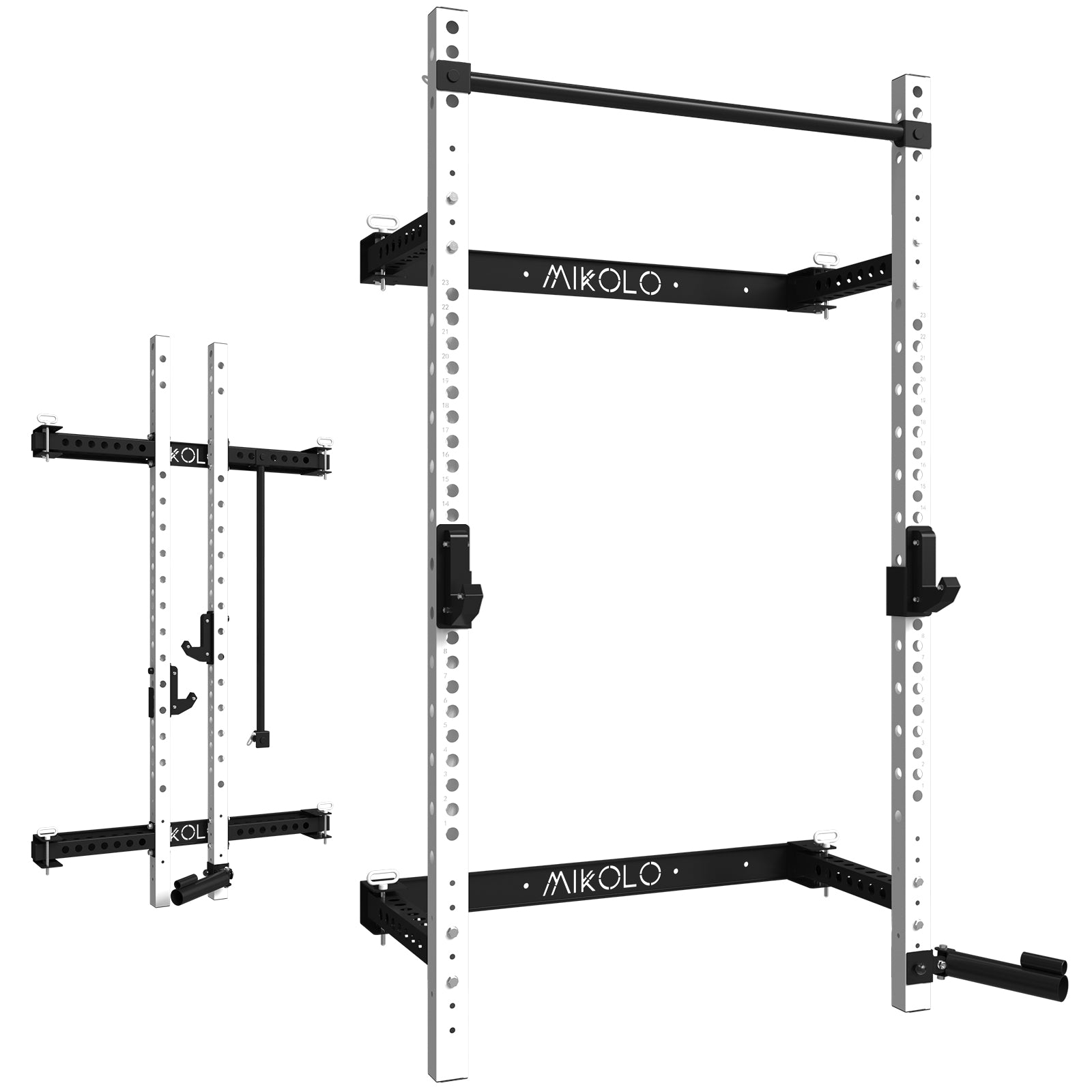




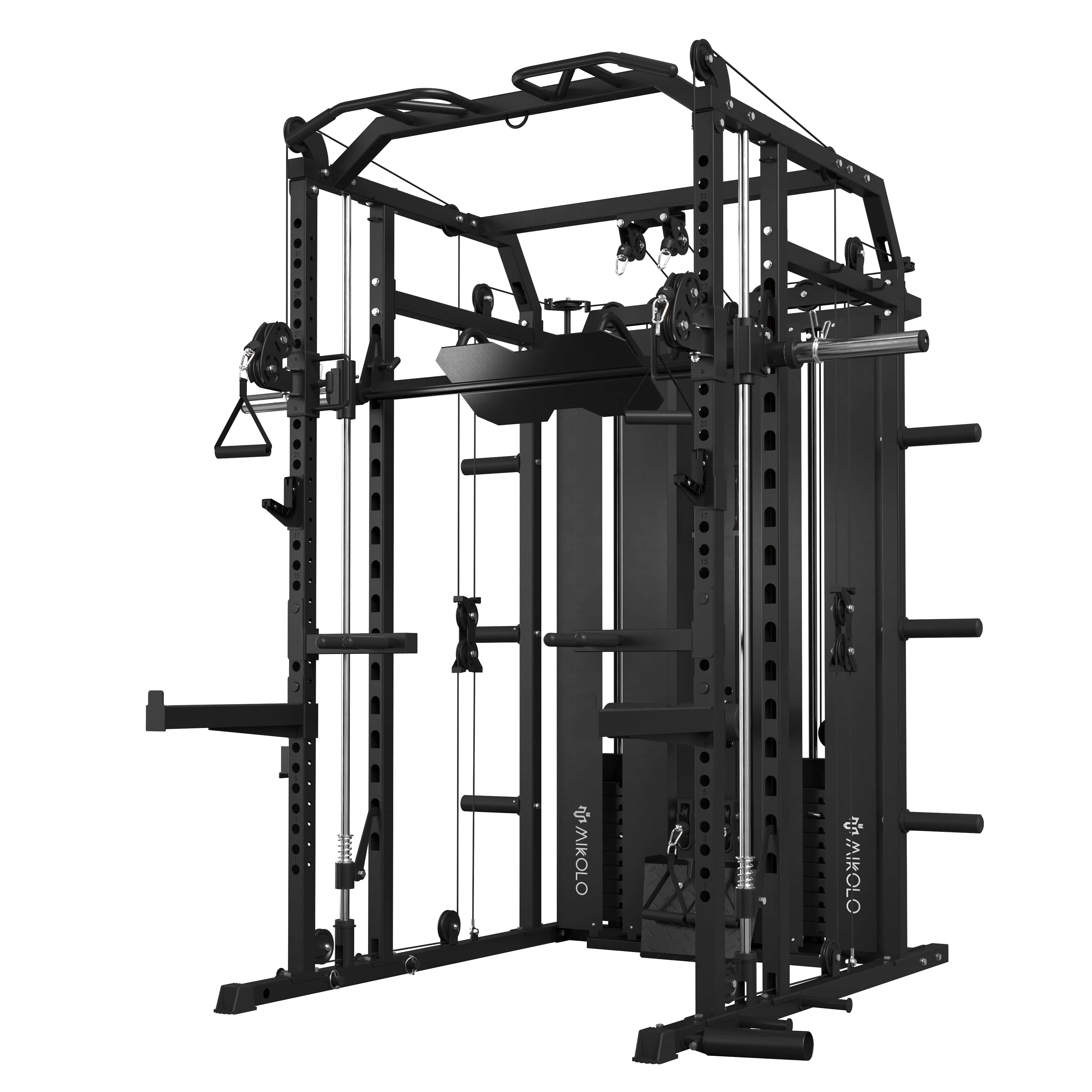
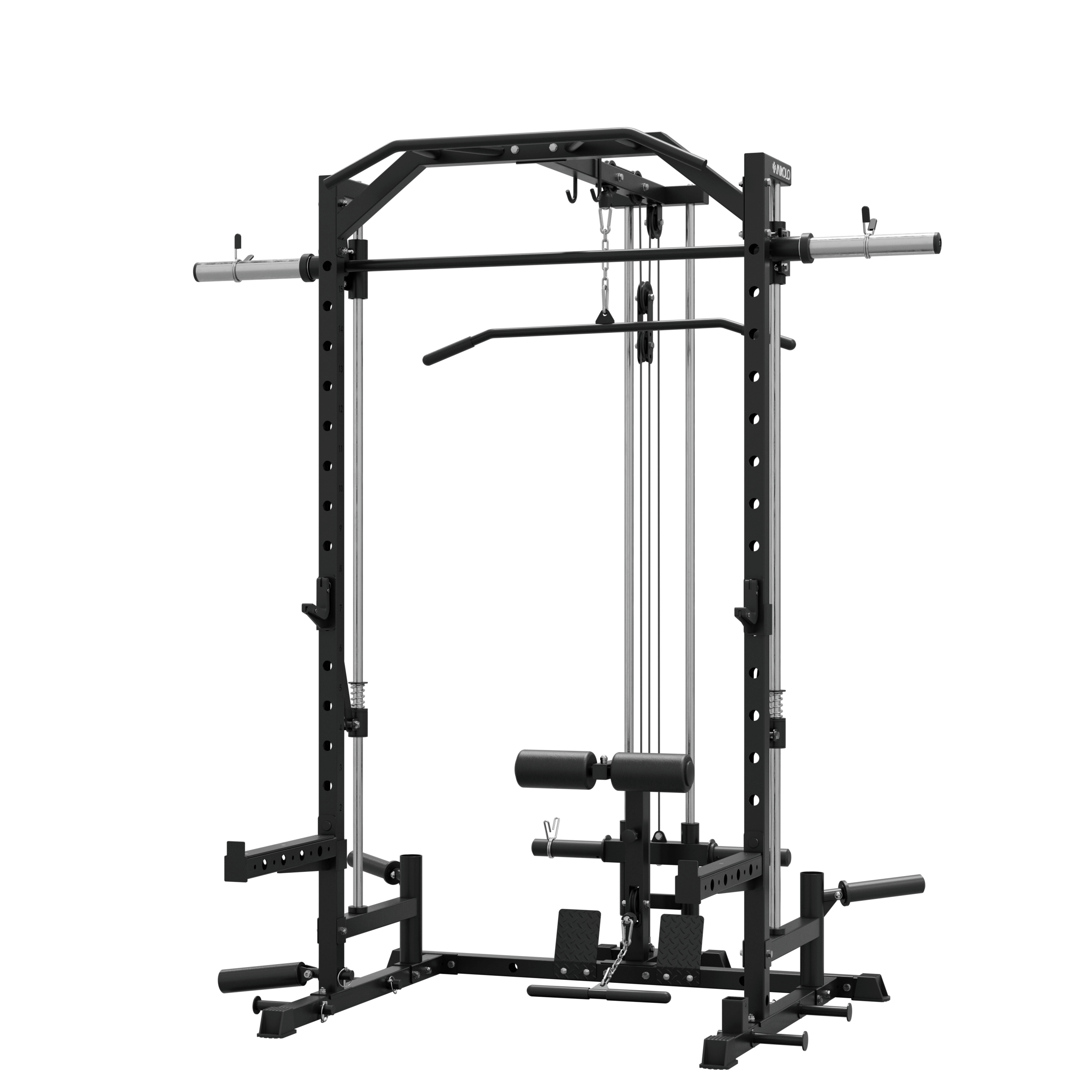
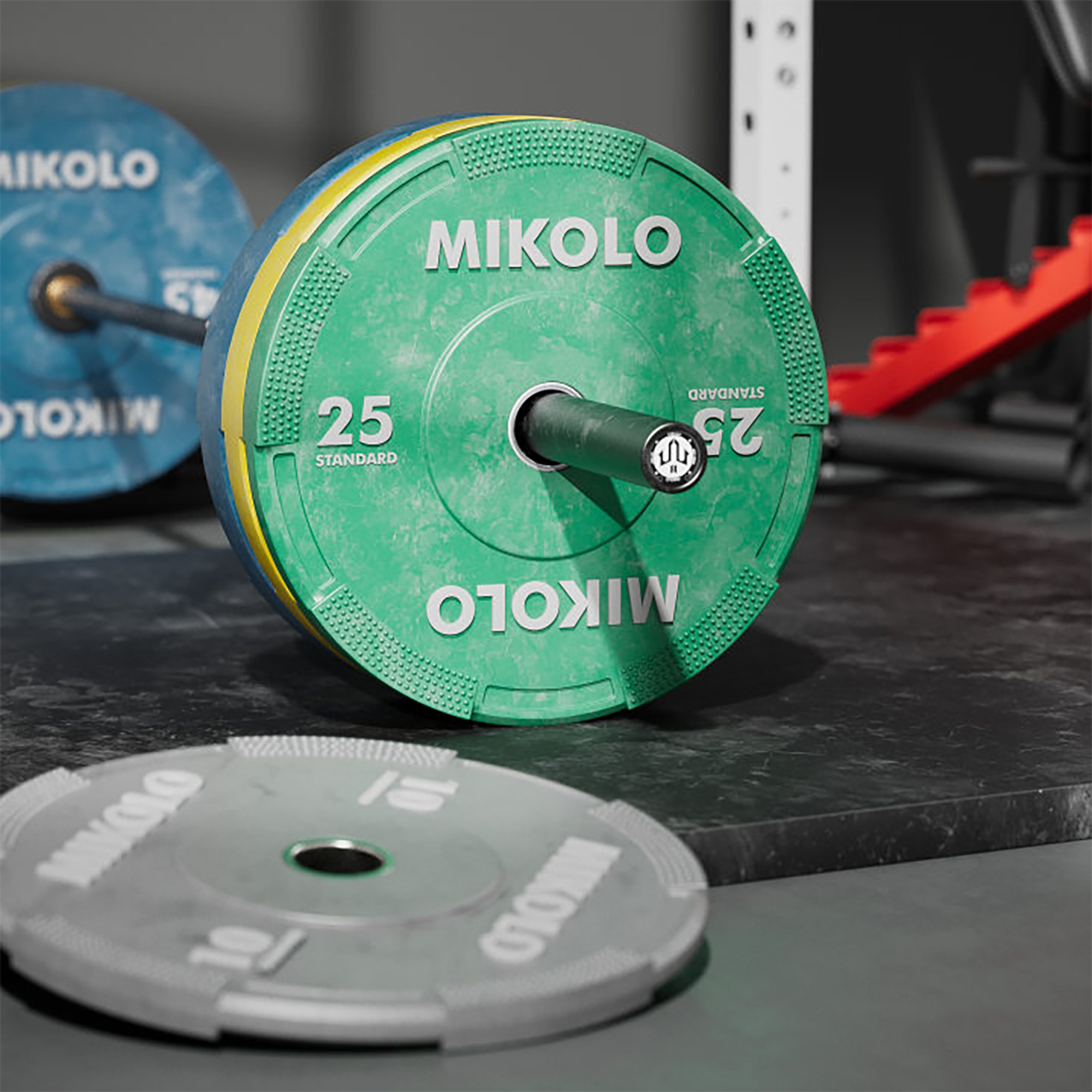






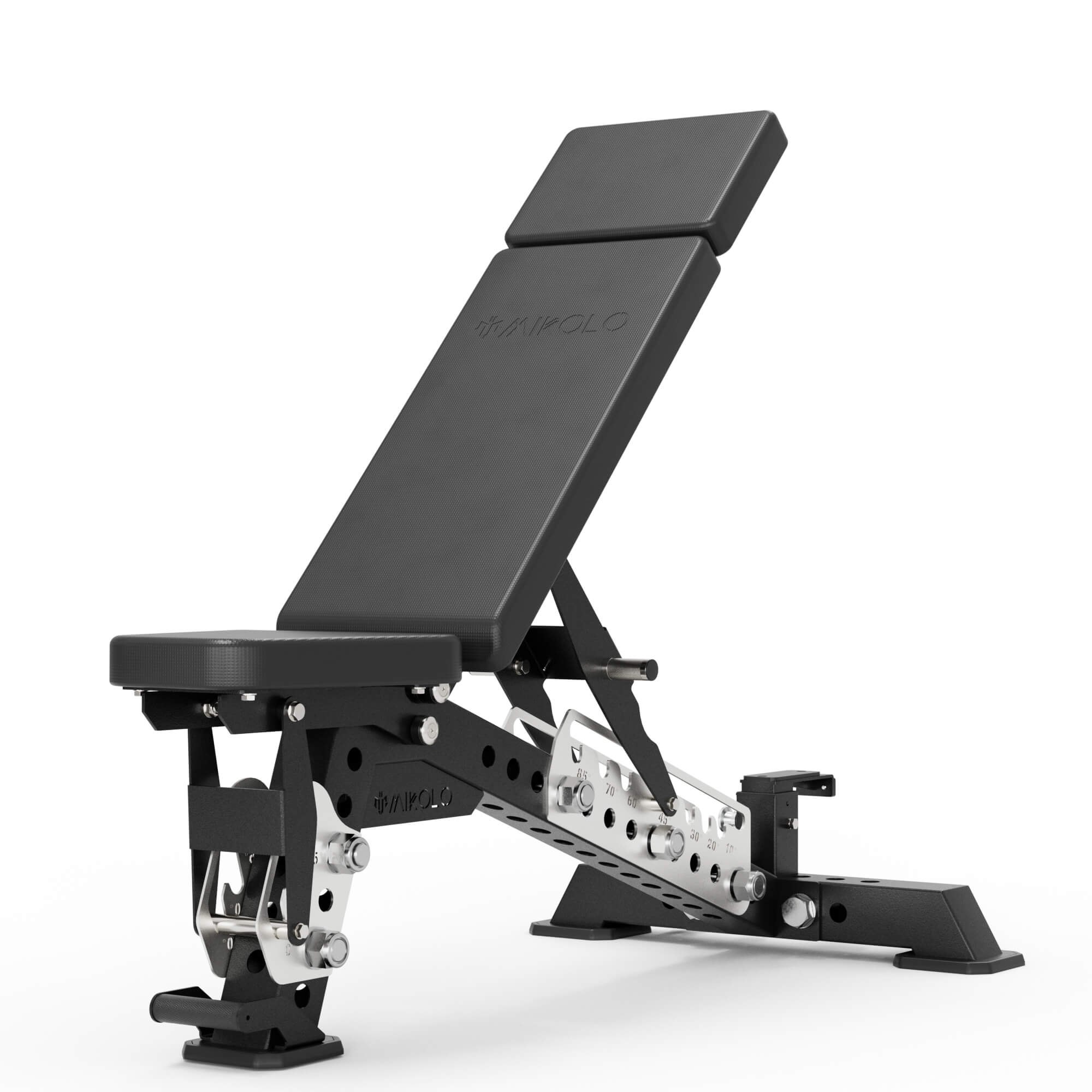
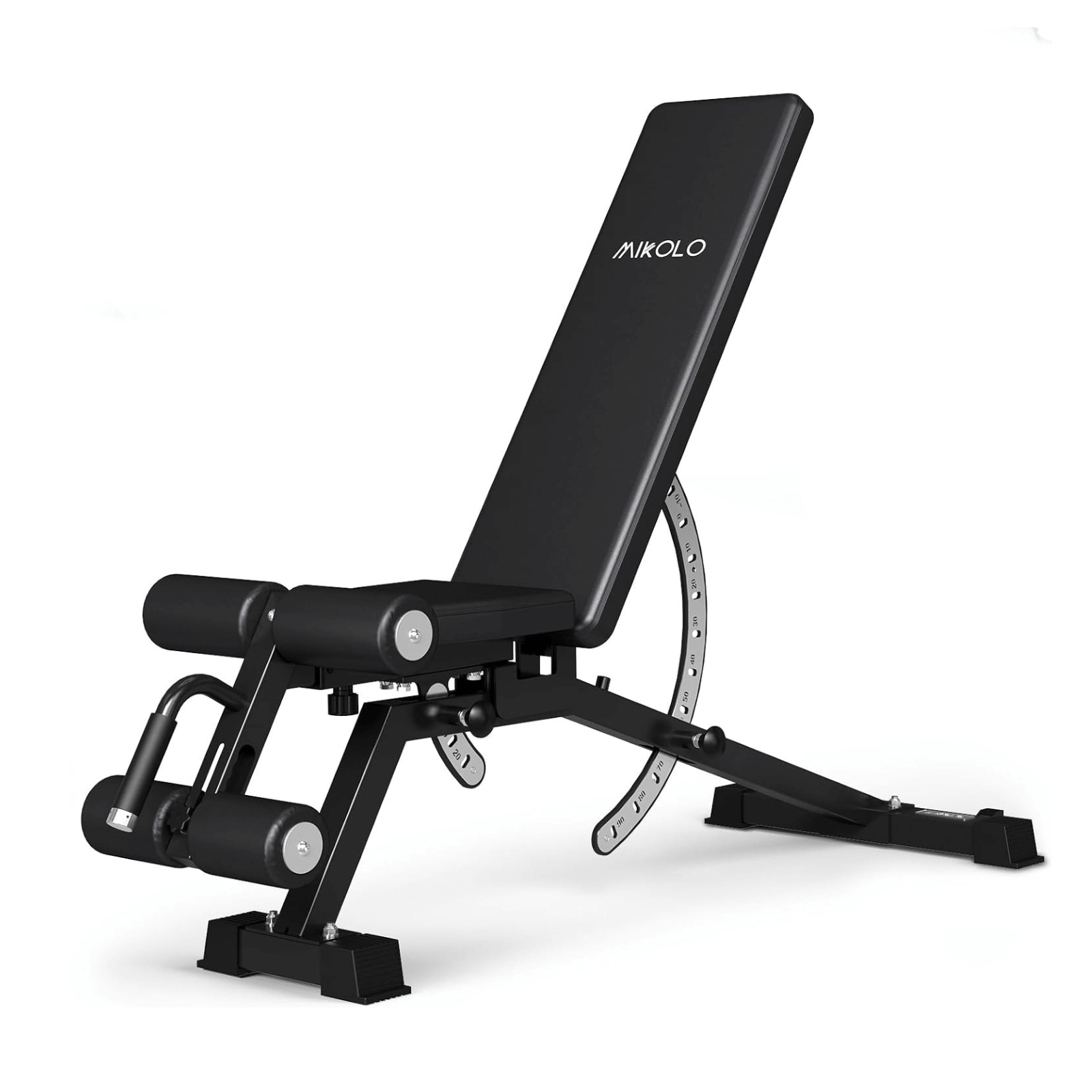




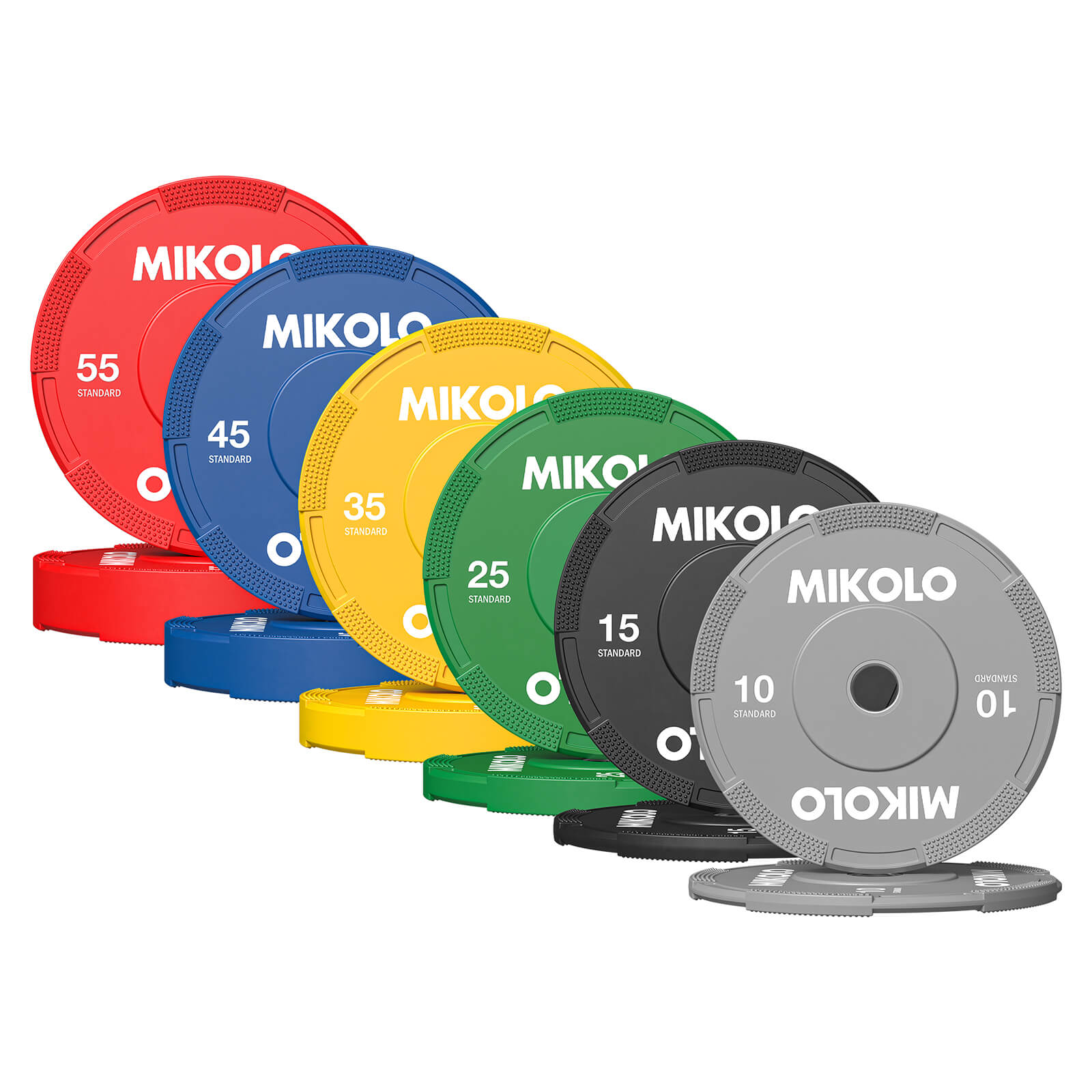
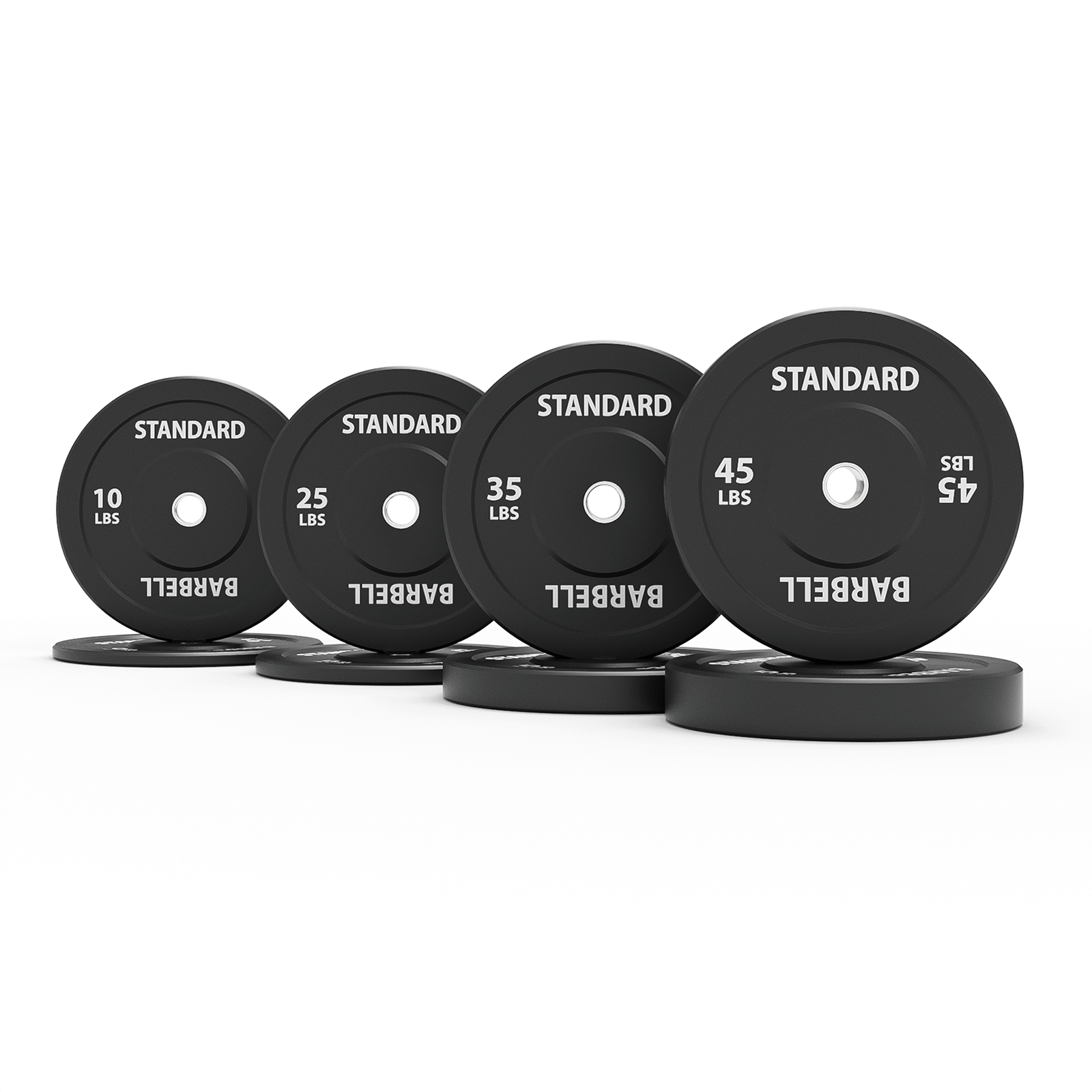



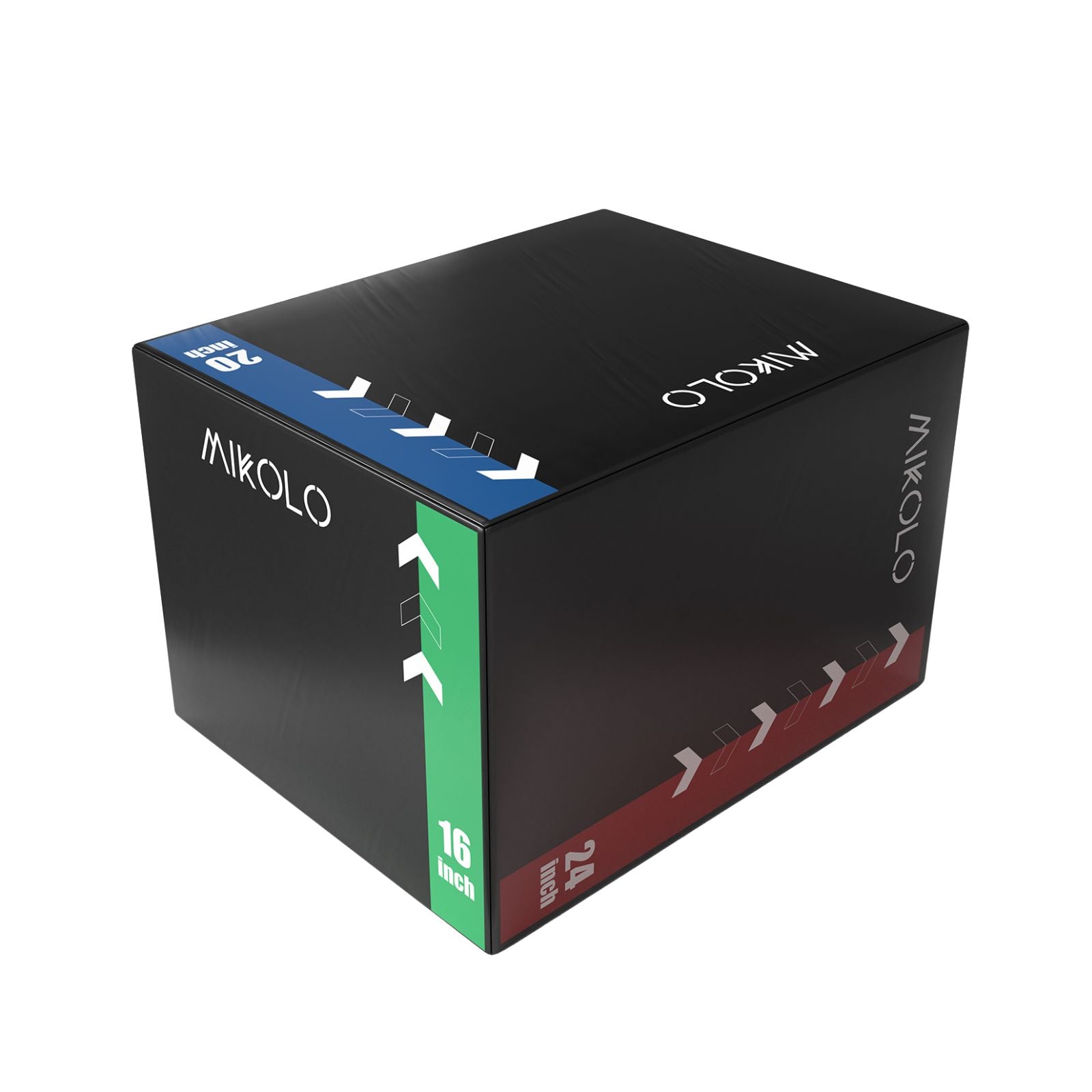

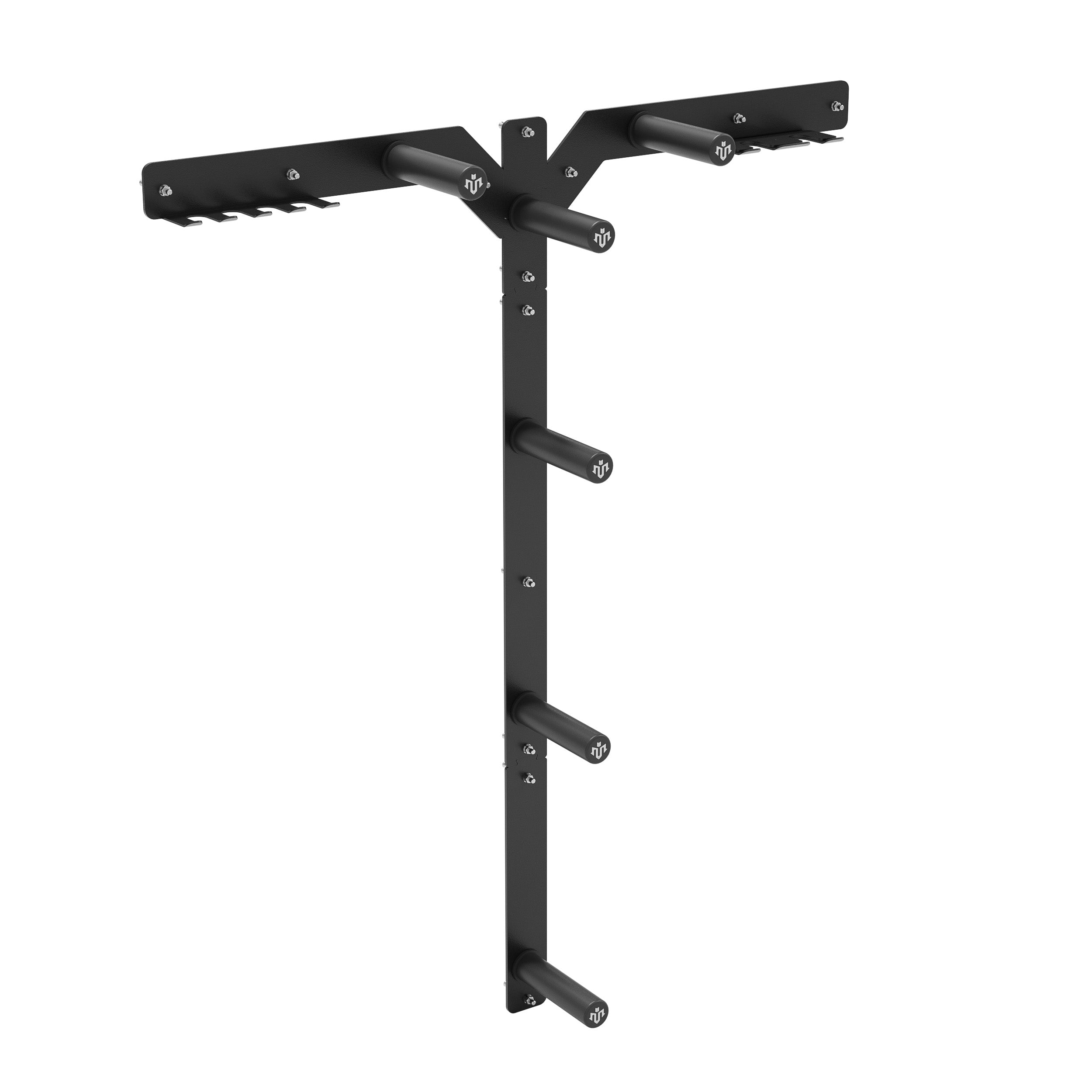




Leave a comment
This site is protected by hCaptcha and the hCaptcha Privacy Policy and Terms of Service apply.